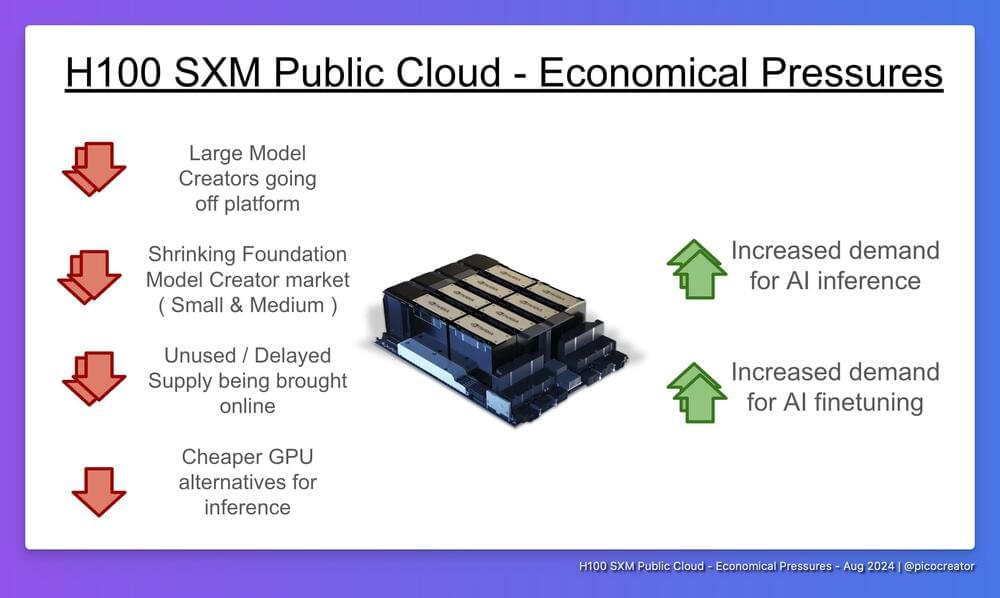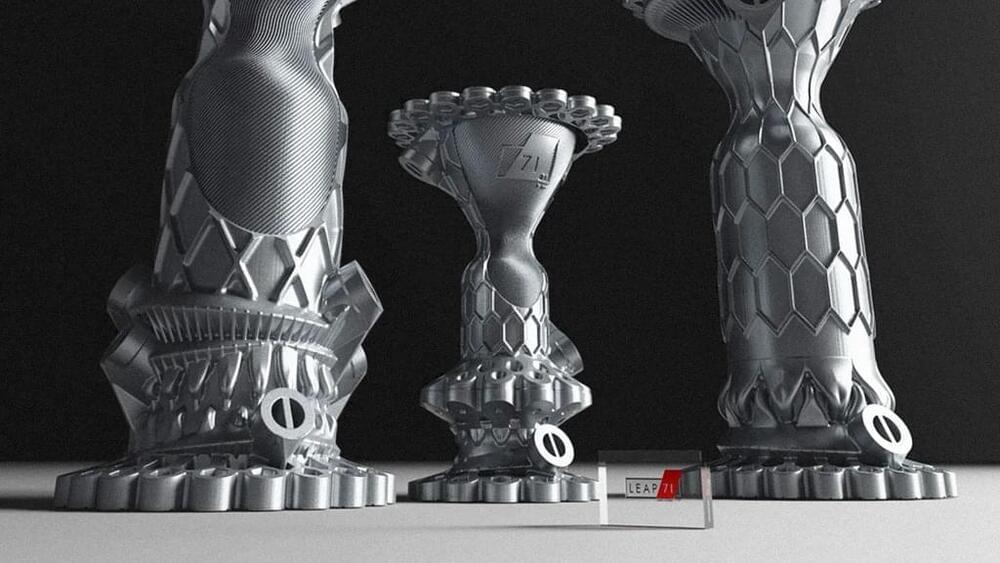How, when, and where to look to see Comet C/2023 A3 (Tsuchinshan-ATLAS) after sunset this Sunday, Oct. 13, with sky charts, before it gradually fades from view.



By Tom Vice Chief Executive Officer, Sierra Space.
While the exploration of deep space is critical to advancing our understanding of so many unanswered questions about the universe and our place in it, it is equally as critical that the United States government and private industry work together to lead the commercialization of Low-Earth Orbit (LEO), and capture the resulting massive new space economy.
As I wrote in The Washington Post previously, the most profound chapter in human history is the industrial revolution happening in LEO, just 250 miles above our heads. We are at a turning point for our civilization, pivoting from 60 years of space exploration to a new era of unprecedented economic activity, manufacturing and growth in space. This burgeoning epoch is called the Orbital Age®, and it will drive a new trillion-dollar industry.

SpaceX is preparing the launch of the fifth Starship flight test. The window for the launch opens at 7 a.m. local time on Sunday. The company has confirmed on its website, and X, that it is targeting a potential catch of the Super Heavy test vehicle, if flight parameters allow for it.
Window Opens: October 13th at 7AM CDT (12:00 UTC)
Window Closes: October 13th at 8AM CDT (13:00 UTC)
Mission: Starship’s fifth fully integrated test flight.
Launch location: Orbital Launch Pad A, Starbase, Earth.
Target orbit: Trans-atmospheric.
Booster: Booster 12
Booster recovery: Orbital Launch Pad A launch tower arms.
Ship: Ship 30
Ship recovery: Will attempt soft splashdown on the Indian Ocean.
Rocket trajectory: Straight east over the Gulf of Mexico.
Payload mass: Some rust and sand?
Stubby nozzle: Lord help us if there’s ever a stubby nozzle on Starship.
Stats:
· SpaceX’s 98th launch of the year and the 2nd launch of the month.
· Starship’s 5th launch.
· 1st Super Heavy recovery attempt (fishing B11’s engine section out of the Gulf doesn’t count)
⚡ Become a member of NASASpaceflight’s channel for exclusive discord access, fast turnaround clips, and other exclusive benefits. Your support helps us continue our 24/7 coverage. ⚡
Enjoy the videos and music you love, upload original content, and share it all with friends, family, and the world on YouTube.
Enjoy the videos and music you love, upload original content, and share it all with friends, family, and the world on YouTube.

A school in Texas is revolutionizing the way students learn by going all-in on artificial intelligence. Its leaders are using the technology to educate students without the help of a traditional teacher. NBC’s Gadi Schwartz reports for TODAY.
» Subscribe to TODAY: / @today.
About: TODAY brings you the latest headlines and expert tips on money, health and parenting. We wake up every morning to give you and your family all you need to start your day. If it matters to you, it matters to us. We are in the people business. Subscribe to our channel for exclusive TODAY archival footage \& our original web series.
Connect with TODAY Online!
Visit TODAY’s Website: https://www.today.com/
Find TODAY on Facebook: / today.
Follow TODAY on Twitter: / todayshow.
Follow TODAY on Instagram: / todayshow.
» Stream TODAY All Day: https://www.today.com/allday.
About: TODAY All Day is a 24/7 streaming channel bringing you the top stories in news and pop culture, celebrity interviews, cooking, and more. All in one place.
#ai #parenting #school

Abstract: We explore the emergence of intelligent behavior in artificial systems by investigating how the complexity of rule-based systems influences the capabilities of models trained to predict these rules. Our study focuses on elementary cellular automata (ECA), simple yet powerful one-dimensional systems that generate behaviors ranging from trivial to highly complex. By training distinct Large Language Models (LLMs) on different ECAs, we evaluated the relationship between the complexity of the rules’ behavior and the intelligence exhibited by the LLMs, as reflected in their performance on downstream tasks. Our findings reveal that rules with higher complexity lead to models exhibiting greater intelligence, as demonstrated by their performance on reasoning and chess move prediction tasks. Both uniform and periodic systems, and often also highly chaotic systems, resulted in poorer downstream performance, highlighting a sweet spot of complexity conducive to intelligence. We conjecture that intelligence arises from the ability to predict complexity and that creating intelligence may require only exposure to complexity.
From: Shiyang Zhang [view email].